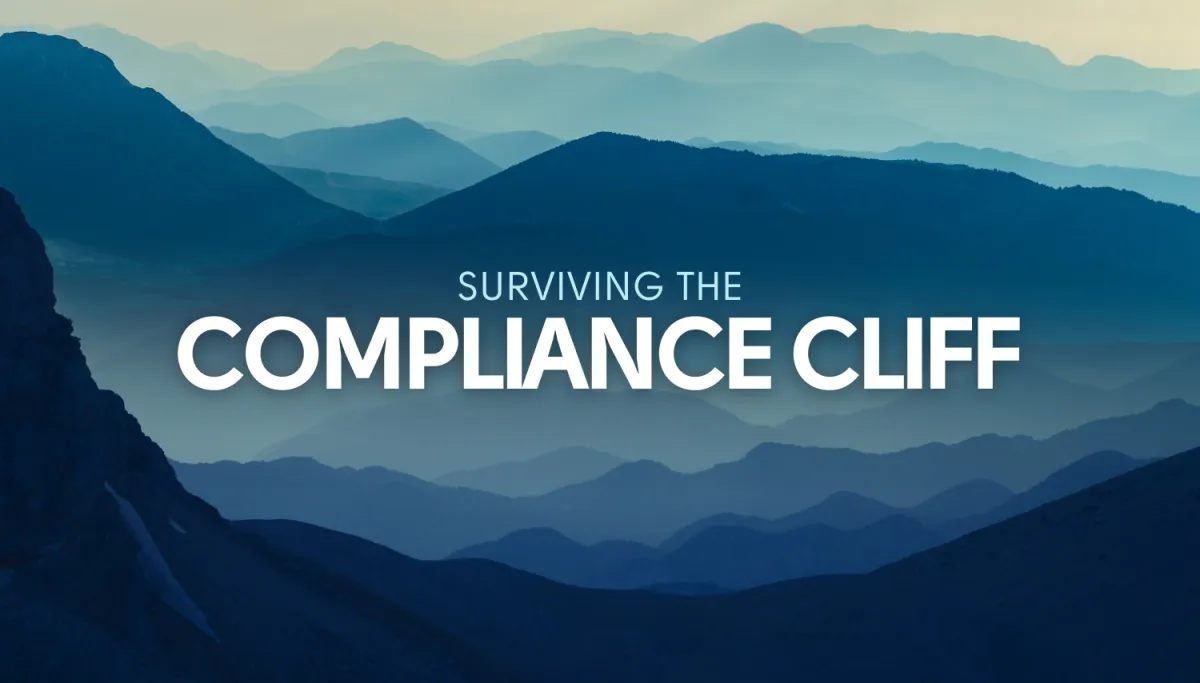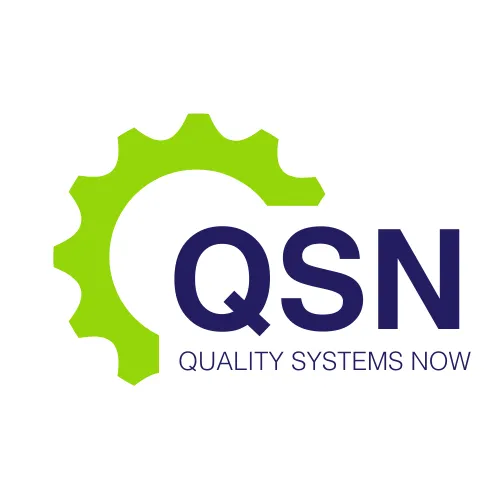NEWS

Surviving the Compliance Cliff
In the biotechnology and therapeutic goods sectors, the journey from laboratory innovation to a commercial product is often portrayed as a linear process: discover, develop, manufacture, and sell. In reality, the path is far less straightforward. Many research and development (R&D) teams encounter a significant barrier—the so-called “compliance cliff”—when transitioning from early-stage research to regulated manufacturing. This is not a technical failure; rather, it is a regulatory one. The compliance cliff represents the gap between promising scientific results and the complex framework of standards, approvals, and documentation required to legally market a product.
For companies in the therapeutic goods, diagnostics, and biotechnology industries, this cliff can be steep and unforgiving. Without early and strategic planning, organisations risk stalled projects, wasted capital, and lost competitive advantage. This article examines the compliance cliff in detail, exploring why it occurs, what regulations are at play, and how proactive compliance strategies can ensure safe passage from concept to market.
Understanding the Compliance Cliff
The compliance cliff emerges when a company’s product development progress exceeds its regulatory readiness. In the lab, experiments can be adjusted quickly, records may be informal, and processes flexible. In the regulated manufacturing environment—particularly under Good Manufacturing Practice (GMP)—there is no such room for improvisation. Every material, method, and result must be documented, validated, and traceable.
This shift in operational expectations is often underestimated. Teams focused on proving scientific feasibility may delay engaging with compliance requirements, assuming they can be addressed “later.” Unfortunately, regulatory agencies such as the Therapeutic Goods Administration (TGA) in Australia, the Food and Drug Administration (FDA) in the United States, or the European Medicines Agency (EMA) demand evidence that manufacturing processes are fully controlled, consistent, and compliant well before a product is approved for sale.
The result is a scenario where the science is ready, but the supporting quality systems, documentation, and approvals are not—creating a sudden, costly gap in the project timeline.
Regulatory Requirements Driving the Cliff
The compliance cliff is shaped by the complexity of global and national regulatory frameworks. For therapeutic goods, biologics, and medical devices, requirements can include:
Good Manufacturing Practice (GMP) Certification – Demonstrating that manufacturing facilities meet standards for cleanliness, process control, documentation, and quality management.
Validation and Qualification – Confirming that equipment, processes, and analytical methods perform consistently and as intended.
Quality Management Systems (QMS) – Implementing structured systems that govern documentation control, change management, corrective actions, and continual improvement.
Product Registration and Licensing – Preparing detailed dossiers for regulatory review, including manufacturing records, safety and efficacy data, and stability studies.
Post-Market Surveillance – Establishing mechanisms to monitor, report, and address adverse events or quality issues after market entry.
These obligations are not optional, and non-compliance can result in delays, fines, recalls, or even the inability to launch a product.
Common Causes of Compliance Cliff Falls
Several recurring patterns contribute to companies falling off the compliance cliff:
Late Engagement with Regulatory Experts – Many teams only consult GMP or regulatory specialists after product development is complete, missing opportunities to integrate compliance from the start.
Underestimating Documentation Demands – Laboratory notebooks and informal data storage systems cannot meet the traceability requirements of GMP manufacturing.
Lack of Scalable Processes – Lab-scale methods often cannot be directly transferred to commercial-scale production without process redesign and revalidation.
Budgeting Gaps – Compliance-related activities—such as facility upgrades, validation studies, and certification audits—can require significant unplanned expenditure.
Global Market Misalignment – Companies developing products for multiple regions may fail to align processes with the strictest applicable regulations, leading to costly rework.
Bridging the Gap: Strategies for Compliance Success
Surviving the compliance cliff requires deliberate and early integration of regulatory thinking into the R&D process. Effective strategies include:
Engage Compliance Early
Consult GMP and regulatory compliance specialists from the project’s inception. Early input ensures product design, materials sourcing, and process development align with eventual manufacturing and approval requirements.
Build Quality into the Process
Adopt the principle of Quality by Design (QbD)—where quality is built into the product through careful planning, rather than inspected in at the end. This approach reduces rework, accelerates approval, and ensures that critical quality attributes are met.
Develop Scalable Processes
During R&D, choose methods and equipment that can be scaled without compromising quality or regulatory acceptance. This reduces the risk of having to redevelop processes during technology transfer to manufacturing.
Implement a Fit-for-Purpose QMS
A lean but compliant Quality Management System can be implemented before full-scale manufacturing begins. This allows gradual adaptation to regulated operations rather than a sudden, resource-intensive overhaul.
Conduct Gap Assessments
Periodic audits or compliance readiness reviews can identify regulatory shortfalls early, when corrective action is less costly and disruptive.
Plan for Global Requirements
If the product will be marketed internationally, design processes and documentation to meet the strictest applicable standard from the outset, rather than retrofitting compliance later.
The Role of Quality Systems Now
At Quality Systems Now, we specialise in guiding companies through the treacherous transition from laboratory innovation to regulated manufacturing. Our GMP and regulatory experts work alongside R&D teams to integrate compliance from the earliest stages. By doing so, we help clients avoid the delays, rework, and financial setbacks that define the compliance cliff.
Our services include:
GMP readiness assessments and certification support
QMS implementation tailored to company size and product type
Process validation and analytical method validation
Training for R&D and manufacturing teams on regulatory expectations
Assistance with TGA, FDA, and EMA submissions
Post-market compliance and audit preparation
By embedding regulatory compliance into your business culture, we ensure that innovation is not only scientifically sound, but also commercially viable.
Contact Us today to talk about how we can help
The compliance cliff is a real and costly barrier for many biotechnology and therapeutic goods companies. While scientific discovery remains at the heart of innovation, it is regulatory compliance that enables that innovation to reach patients, markets, and investors.
Ignoring compliance until late in the product lifecycle is a recipe for delays, additional costs, and potential market failure. Conversely, by integrating GMP principles, quality systems, and regulatory strategy from the start, companies can navigate the transition smoothly, maintain momentum, and protect both timelines and budgets.
Surviving the compliance cliff is not about avoiding regulation—it is about mastering it. With the right expertise, processes, and planning, the move from lab bench to market-ready product can be a steady climb rather than a dangerous drop.
Quality Systems Now stands ready to help you make that climb with confidence, ensuring your innovations achieve not only scientific success, but also regulatory and commercial approval.
